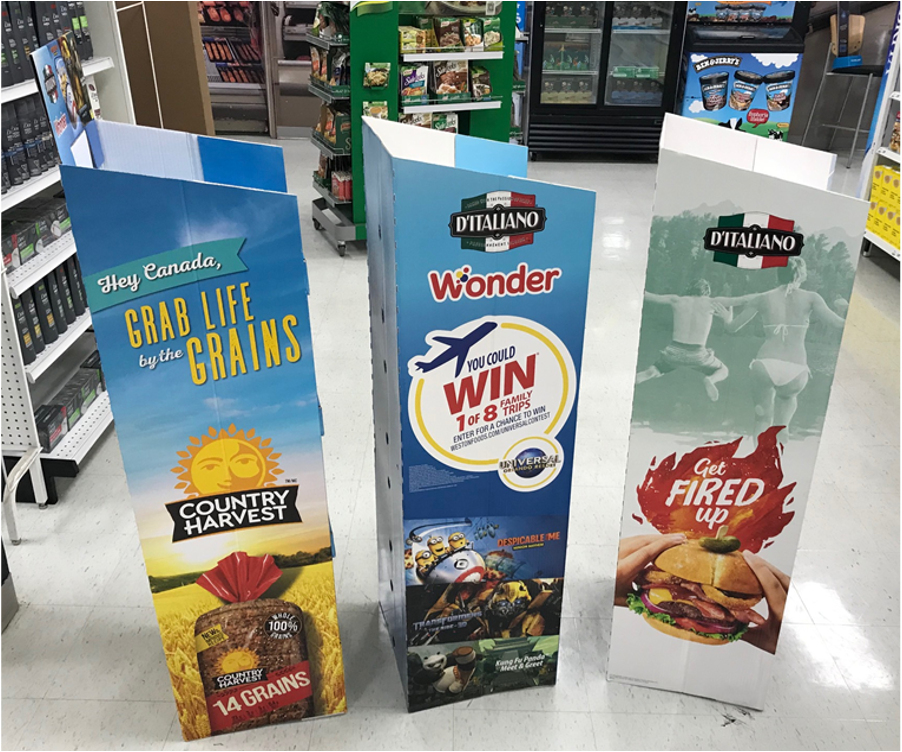POINT OF PURCHASE DISPLAY: THE SILENT SELLER
Walk into any retail store, and you're bombarded with visual stimuli. From towering displays to colorful signage, everything is designed to grab your attention and influence your purchase decisions. But what happens when that carefully crafted experience falls apart? That's where display compliance comes in.
WHAT IS DISPLAY COMPLIANCE?
Retail display compliance means the accuracy with which retailers follow your plans to get your product point of sale displays set up on the store floor. At worst, non-compliance means your display, and therefore your products, never make it to the sales floor. At best, a non-compliance issue might mean missing signage, wrong products loaded on display shelves, or poorly communicated prices. This plan, often called a planogram, dictates everything from product placement and pricing to signage and promotional materials. When a display adheres to the planogram, it's considered compliant.
According to one study, the average percentage of in-store campaigns that achieve full compliance in some developed retail markets can often be as low as 29%2.

WHY DOES DISPLAY COMPLIANCE MATTER?
You might think a misplaced product, or a missing sign isn't a big deal. But research shows otherwise. Studies suggest that poor display compliance can significantly impact sales and brand perception. Here's why:
- Lost Sales Opportunities: Imagine wanting a specific product you saw advertised, only to find an empty shelf or incorrect placement. Inconsistent displays can lead to customer frustration and missed sales.
- Brand Inconsistency: A cohesive brand experience is crucial. When displays deviate from the planogram, it creates a messy and unprofessional look, damaging brand image.
- Wasted Resources: Investing in marketing materials and store staff time is pointless if displays aren't set up correctly. Poor compliance wastes resources and reduces the return on investment (ROI) of marketing campaigns.

HOW TO ACHEIVE DISPLAY COMPLIANCE
Fortunately, there are steps retailers can take to improve display compliance:
- Clear Communication: Ensure everyone involved, from designers to store staff, understands display placement, the planogram, display maintenance and its importance.
- Easy-to-assemble or self-assembling displays. Choosing a Kangaroo display that pops up in seconds, makes it simple for store staff to quickly and efficiently get your promotions in front of shoppers.

- Regular Store Audits: Conduct regular in-store audits to identify and address any compliance issues. Ask questions of store staff to find out if a Kangaroo self-assembling display might ease or eliminate compliance issues.
THE BOTTOM LINE
Display compliance might seem like a minor detail, but it plays a major role in retail success. By prioritizing compliance, retailers can create a more consistent and effective in-store experience, with well-maintained bookcase displays and other retail fixtures, ultimately leading to happier customers and increased sales.
Need Help?
Why not start by searching our FAQs. If you can't find the answer you need there, one of our packaging and display experts will be happy to assist.